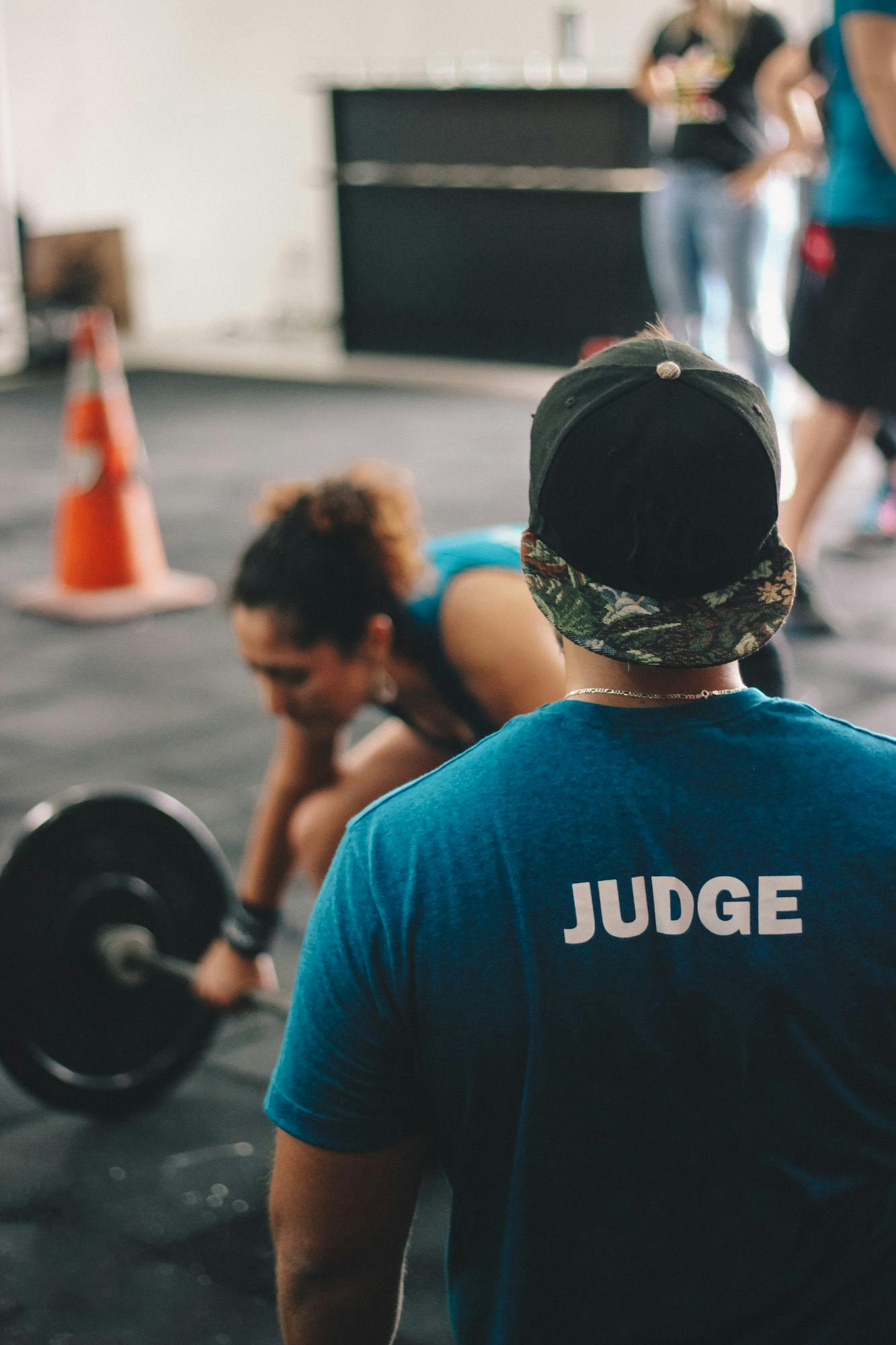5 Practical Methods for an Effective Push-Pull Training Plan in 2025

Essential Guide to Push and Pull Training Methods
In the ever-evolving world of fitness, designing an effective workout routine is crucial for achieving personal goals like muscle hypertrophy and overall fitness. Among various training methodologies, push-pull training stands out for its efficiency and structure. It divides workouts into two main categories: push exercises that involve exerting force away from your body, and pull exercises that focus on pulling movements toward your body. This dual approach not only promotes balanced muscle development but also optimizes recovery through split training.
This article explores five practical methods to maximize the efficiency of a push-pull training plan in 2025. We’ll look at how to tailor your workouts to different fitness levels, ensure appropriate frequency and intensity, and incorporate recovery techniques. By adhering to these principles, beginners and advanced athletes alike can achieve their fitness goals effectively.
Key takeaways will include recommended workout routines, variations of exercises, and tips for monitoring your progress effectively. Whether you are aiming for hypertrophy, endurance, or overall athleticism, mastering these principles will enhance your training experience.
How to Structure Your Push-Pull Workouts
Creating a structured push-pull workout plan starts by understanding the fundamental principles of resistance training. By dividing your sessions into push and pull days, you can allow specific muscle groups to recover while still maintaining an active training schedule. A balanced routine typically alternates between upper body push exercises such as bench presses or shoulder presses and pull exercises like rows or pull-ups.
Defining Your Workout Split
Your weekly training frequency can play a significant role in muscle growth and recovery. A common push-pull routine includes 3-5 training sessions per week, structured as follows:
- Day 1: Push (Upper Body)
- Day 2: Pull (Upper Body)
- Day 3: Legs (Lower Body)
- Day 4: Push
- Day 5: Pull
- Day 6: Recovery or Cardio
This kind of schedule allows for targeted muscle fatigue and recovery, essential for effective muscle hypertrophy and strength gains.
Choosing the Right Exercises
Adapt your push and pull workouts around the primary muscle groups being targeted. For instance, push exercises should focus on the chest, shoulders, and triceps, whereas pull workouts should engage the back, biceps, and forearms. Including compound movements like squats and deadlifts in your routine will ensure a full-body impact, contributing to enhanced overall performance.
Innovative variations of each exercise can also enhance your muscular resistance and endurance. Engaging alternative grips or using resistance bands will keep the workouts fluid and dynamic.
Integrating Training Intensity and Volume
Another crucial aspect of an effective push-pull training plan is the modulation of training intensity and volume. Understanding your own fitness level and progressively increasing the difficulty will yield superior results. The principle of progressive overload—systematically increasing the weight, frequency, or number of repetitions—ensures constant adaptation and growth in muscle mass and strength. Regularly reviewing and adjusting your training volume can foster ongoing progress.
Monitor and Adjust Your Frequency
Tracking training frequency is essential for maintaining balance in your routine. Beginners might start with 2-3 training sessions a week, gradually advancing to 4-5 for enhanced muscle development. Utilizing fitness apps or workout journals to monitor progress will help identify the ideal frequency for your individual needs.
Prioritize Recovery Strategies
Recovery is vital in any fitness regimen and is often underestimated. Ensuring adequate rest days in your training plan is essential for muscle repair. Incorporating techniques such as stretching, mobility drills, and foam rolling can facilitate recovery times. Proper nutrition, hydration, and sleep contribute significantly to optimal recovery as well with active rest days focused on light aerobic activities or yoga.
Building Effective Warm-Up and Cool-Down Routines
Warm-ups and cool-downs are often overlooked aspects of training yet play a critical role in performance. A thorough warm-up prepares your muscles and joints for the workout ahead, decreasing the chance of injuries. Conversely, cool-down routines help reduce muscle soreness and facilitate recovery post-training.
Step-by-Step Warm-Up Techniques
Engage in a dynamic warm-up that targets the muscles you plan to work during your push-pull training session. Activities might include:
- Arm Circles
- Cat-Cow Stretches
- Bodyweight Squats
These movements promote mobility and blood flow, ensuring that your body is ready for the workout.
Effective Cool-Down Practices
After completing your workout, spend 5-10 minutes engaging in static stretching, focusing on the muscle groups utilized. This practice can enhance flexibility and assist in the recovery process. Including light walking or slow cycling helps return your heart rate to normal as well.
Utilizing Technology and Monitoring Progress
In the modern fitness landscape, technology plays an increasingly pivotal role in training effectiveness. Fitness trackers and apps provide real-time feedback on performance, enabling you to adjust your regimen based on analytics.
Fitness Tracking Technologies
Utilize wearable devices or fitness apps to track critical metrics such as workouts completed, heart rate, and rest intervals. Monitoring your progress keeps motivation levels high and accountability intact.
Evolving Your Fitness Plan
With continuous progress monitoring comes the ability to iterate and adjust your push-pull training plan. Establish measurable fitness goals, and adjust workouts based on obtained data to overcome plateaus and ensure ongoing performance enhancements.
Common Mistakes in Push-Pull Training and How to Overcome Them
Even the most experienced athletes can fall into training ruts. Recognizing common mistakes such as poor form, skipping warm-ups, or neglecting recovery is essential in preventing injuries and ensuring long-term results.
Poor Technique and Its Consequences
Utilize correct movement patterns in all exercises to avoid injuries and ensure optimal gains. It is advisable to consult with a fitness trainer or utilize video resources that demonstrate proper techniques. Investing time in learning exercise-specific techniques can save you from injuries and enhance workout efficacy.
Neglecting Recovery and Nutrition
Overworking yourself without adequate recovery and nutrition can lead to burnout or injuries. Make sure every workout is followed with nutritional replenishment through proteins and carbohydrates to forge muscle repair. Consider consulting a nutritionist to tailor diet plans aligned with your fitness regimen.
Conclusion: Elevating Your Fitness Game with Push-Pull Training
Implementing these five practical methods into your push-pull workout routine will maximize results and enhance overall performance. By approaching your training with thoughtful structuring, incorporating technology, and embracing recovery practices, you will be well on your way to reaching your fitness goals in 2025. Always remember, every successful fitness journey starts with well-informed decisions and consistent activation.

For more tips on fitness optimization and workout planning, be sure to check out our additional resources on effective strength training strategies and nutritional guidance for athletes.
